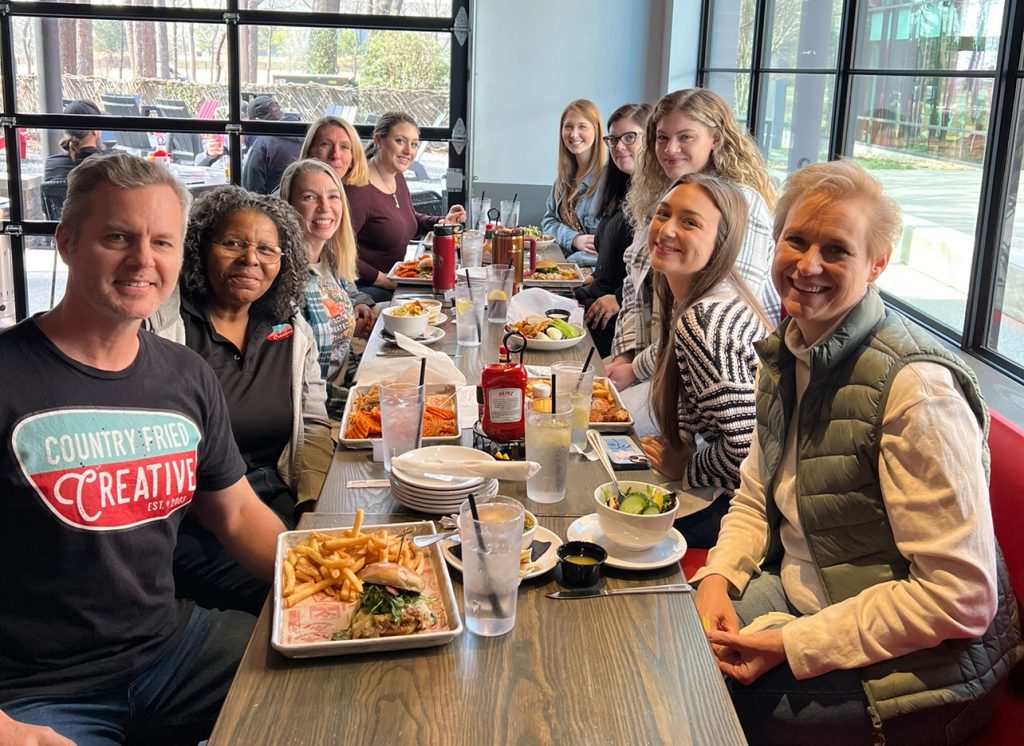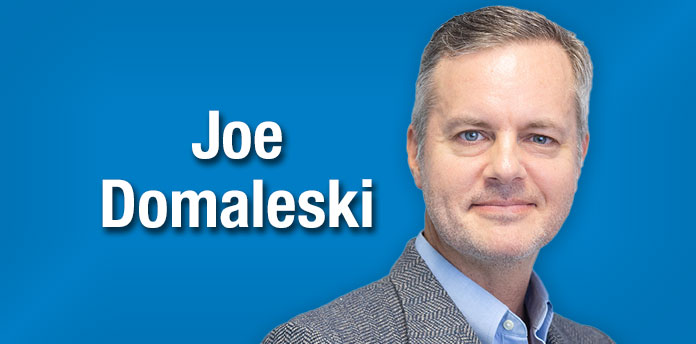As newlyweds back in 1994 (yes, later this year we will celebrate 30 years of marriage), Mary Catherine and I were given a book recommendation to check out: “The Five Love Languages” by Dr. Gary Chapman. The book rapidly gained popularity in Christian circles (Dr. Chapman was a Baptist pastor) before crossing over into the general book market and entering the NY Times Bestseller list. We received a copy of the book, but honestly, I didn’t read it until a few years later when we attended a marriage retreat for newlyweds. One of the sessions at the retreat was about the love languages. It was a great session, which inspired me to read the book.
If you haven’t read the book, here’s a quick summary. Dr. Chapman proposes that there are five ways in which romantic partners like to receive and express love.
- Words of affirmation – giving compliments and expressions of appreciation to your partner
- Quality time – spending time with your partner by giving your undivided attention
- Gifts – presents and other items you know your partner will like
- Acts of service – doing things, like chores, for your partner without being asked
- Physical touch – nonverbal communication like hand-holding, hugs, and forms of romantic engagement

Although these five expressions of love were not scientifically researched in a peer-reviewed journal, the essential message resonated with many people, which helped propel the book onto the bestseller list. Chapman recommends that couples become aware of their love language and that of their partner. Doing so helps to foster greater intimacy and happiness in a relationship.
One thing he encourages people to do is not to assume that everyone has your love language. We tend to express love as we like to receive it, and that may not line up with your partner’s love language. As an example, I don’t mind sharing that my love language is “words of affirmation.” A simple “thank you” or “I’m proud of you” fills up my love bank. Mary Catherine’s love language is “acts of service.” Instead of telling her that I love her, if I go cut the grass without being told, she really likes that.
By the late ’90s, most people in my circle of friends were quite familiar with the love languages, and I noticed that many people began to apply the concepts outside of a romantic relationship. Indeed, I don’t know many people over the age of 40 who haven’t heard of the love languages. Dr. Chapman wrote several versions of his original book, applying the concept of love languages in different scenarios. In 2011, he co-wrote with Paul White “The Five Languages of Appreciation in the Workplace,” tailoring the message to a workplace environment.
I’ve personally used the “Five Languages” in the workplace, and I do think it helps people to understand what motivates and inspires themselves and others. At work, I’ve talked about the five languages, and it’s helped me to better understand people and be understood so that work relationships can be strengthened. So that there are no misunderstandings, I’m going to adopt the same terminology as Dr. Chapman, and we’ll call these the “five languages of appreciation” instead of “love.”

Words of affirmation – written or verbal accolades that are specific and timely. “Thank you for handling that difficult client situation this morning. I appreciate your willingness to go the extra mile.” Sometimes a one-on-one expression of gratitude is called for, and at other times, a more public recognition is more effective. The key is to make the expression of affirmation authentic and personal, not a generic “good job.”
Quality time – giving someone your undivided attention is always a good thing, but for some people, this means the world to them. Showing up, listening, engaging, and “being in the trenches” with them is very important. People who like quality time struggle with working remotely and tend to like being around others. COVID was an especially difficult period for quality time people. Periodically going out to lunch or having coffee with your co-worker can reinforce a positive relationship.
Acts of service – don’t tell me, show me how much you care by helping out. Acts of service people are motivated when you do things without being asked. Pitching in to help, offering assistance, and doing your part motivates acts of service people. Not doing your part, avoiding tasks, and “disappearing” does quite the opposite.
Gifts – many people are motivated by gifts, especially personalized ones. Plaques, certificates, gift baskets, cards, company “swag,” and other tangible forms of appreciation motivate a gifts person. Most people like gifts, but for “gifts people,” they really, really like the physical tokens of appreciation. You can normally identify these types of people because their office or workplace is adorned with trinkets accumulated over the years.
Physical touch – of all the original love languages, this one is probably the trickiest to adopt to the workplace. People who appreciate physical touch enjoy a firm handshake, fist bump, or high five. While maybe not appropriate everywhere, we live in the South, and I know many people, particularly women, are huggers. As a man, I try not to presume and let a woman initiate a hug if that’s okay with her. I know many men who are huggers as well. Sometimes I’ll give a thumbs-up or other visual form of “virtual touch” affirmation as a way to express the gesture without actually touching someone. Respect boundaries and don’t touch anyone who doesn’t want to be touched.

Over the years, I’ve found the love languages to be a great way to express and receive affirmation from family, friends, and even co-workers. Most people are not exclusively one language type or another, but most people do have a preference for what’s most meaningful and least meaningful to them. In the workplace, these expressions of affirmation do not have to be just between managers and subordinates but also apply to peer relationships. If you’re in sales, understanding your customer’s language type can help you develop a better relationship with them. If you manage people or teams, it’s essential to understand someone’s language type.
So you already know my love language is “words of affirmation.” What’s your love language?
[Joe Domaleski, a Fayette County resident for 25+ years, is the owner of Country Fried Creative – an award-winning digital marketing agency located in Peachtree City. His company was the Fayette Chamber’s 2021 Small Business of the Year. Joe is a husband, father of three grown children, and proud Army veteran. He has an MBA from Georgia State University and enjoys sharing his perspectives drawing from thirty years of business leadership experience. Sign up for the Country Fried Creative newsletter to get marketing and business articles directly in your inbox. You can connect with Joe directly on LinkedIn for more insights and updates.]









Leave a Comment
You must be logged in to post a comment.